|
Table of Contents
Rinsing off the Mouthpiece
By GorDoom
Current Champions, Top Contenders, and Fighters to
Watch Out For
By Adam Pollack
Hopkins-De La Hoya: A True Boxing Super Bowl
By Dean Vios
They Sure Don't Get Any Easier
By Orion Foote
The Best Argentinean Fighters of
All Time, Class by Class
By Martín Cameron
Hand Speed Among the Big
Fellows
By Don Cogswell
Flashback to the 2003 Hall of Fame
Inductions
Pictorial by Dan Hanley
Vince Martinez
By Dan Cuoco
Black Dynamite: Len Johnson
By Rob Howard
Wes Ramey
By Tracy Callis and Keith Palmer
Henry
Hank, One of Boxing's Forgotten Warriors
By Dan Cuoco
Joe Gans, the
Old Master
Joe Gans:
Championship Years
Two Articles By Monte Cox
|
WES RAMEY: "FASTER THAN A SPEEDING
BULLET"
by Tracy Callis and Keith Palmer
|
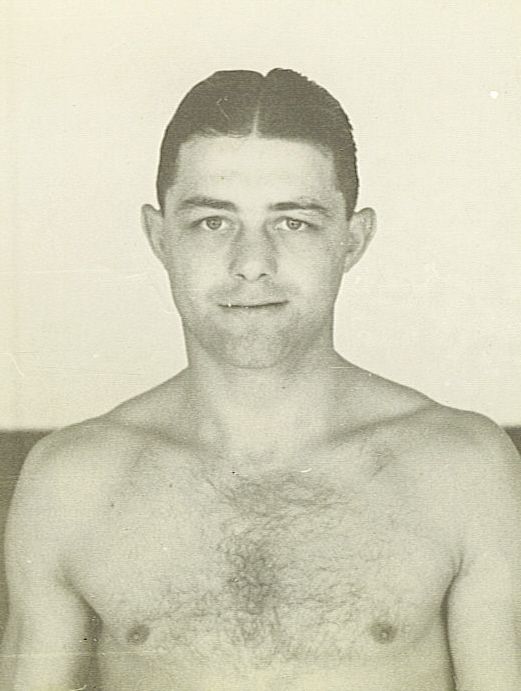 |
Wes Ramey was a
brainy and clever “boxer-deluxe” who used a perfected machine-like left jab
supported by sharp, precision hitting. In the ring, he was a slippery, quick
moving fighter who maneuvered to perfection and rarely made a miscue. He
carried a crisp right-hand punch and was always a step ahead of his man. The
champions who fought him in non-title bouts met their match and carefully
avoided him as a challenger for the big one. Wes was the “Uncrowned Champion
of the Lightweights.”
Roger Treat
wrote, “Ramey, sitting across the ring, does not look particularly
dangerous. He is tall for a lightweight, long armed, rangy. The 22-year-old
Michigan farm boy, with his clean-cut, handsome features, his hair parted in
the middle, looks more like a high school halfback than a fighter.” |
|
While Wes
did not have the big, power punch, he had something many champions do not
have – a slick boxing style, fast hands and feet, and a “savvy” and
knowledge of how to handle a man. He did not wade in and “let it all hang
out” as do some kingpins. He moved in, gave his opponents what he wanted to
give ‘em, and moved out – leaving his foes on the defensive or swinging
wildly as a consequence. |
|
George
Anderson wrote, “Wes Ramey was unusually fast and clever. Some fighters like
to come in swinging and bulling, trying to knock the other guy’s block off.
It was this latter type of fighter that Ramey specialized in beating. They
could seldom hit him because of his finesse and speed. He would slip, parry,
bob, weave, block, and combining this with exceptional speed and footwork,
pick his opponent apart with accurate punches.” |
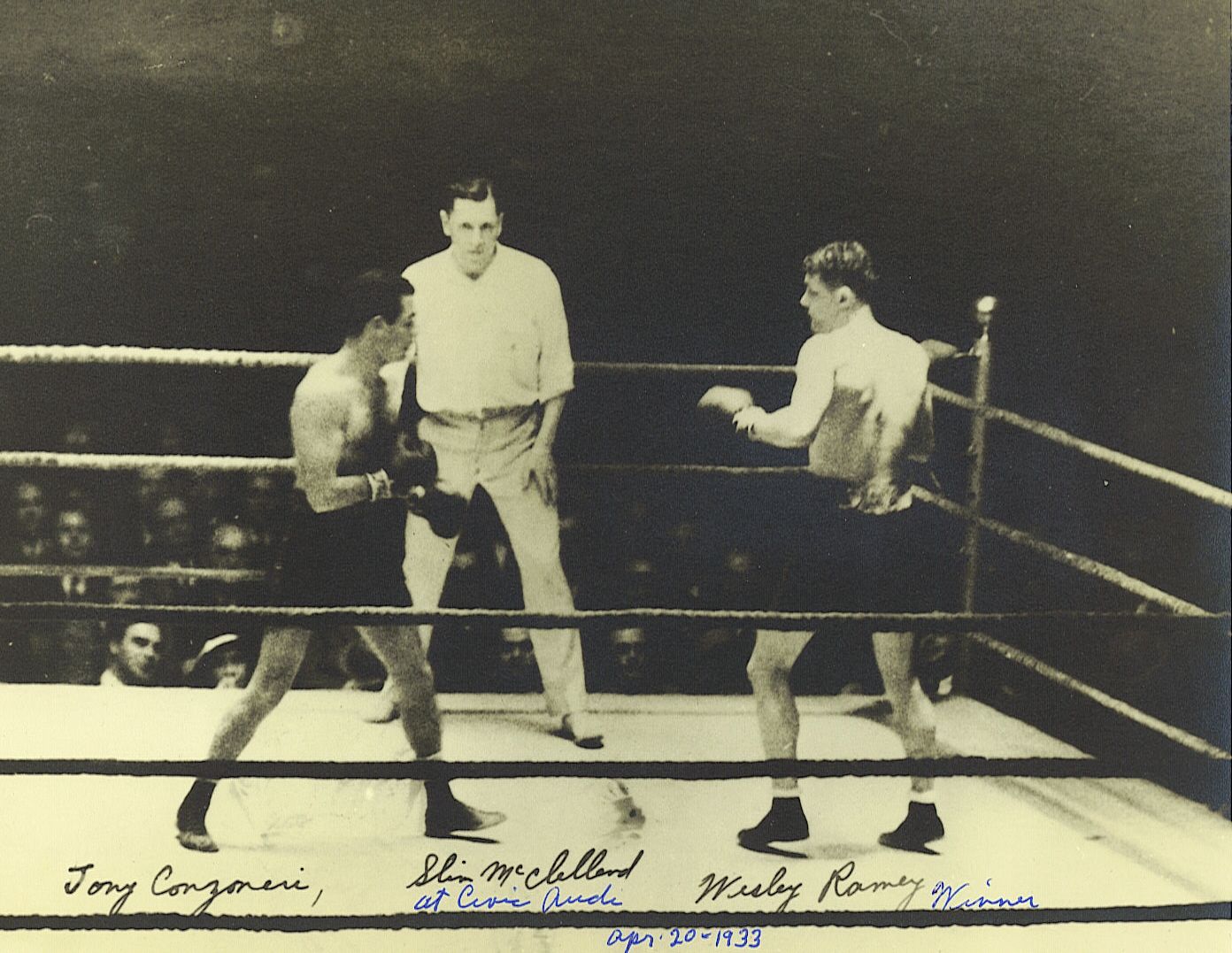 |
|
Maurie
Waxman (Nov 1935 p 12) described Ramey, “He is fast – unbelievably fast – on
his pins; clever – unbelievably clever – with those two fists of his; and
his punching leaves little to be desired." |
|
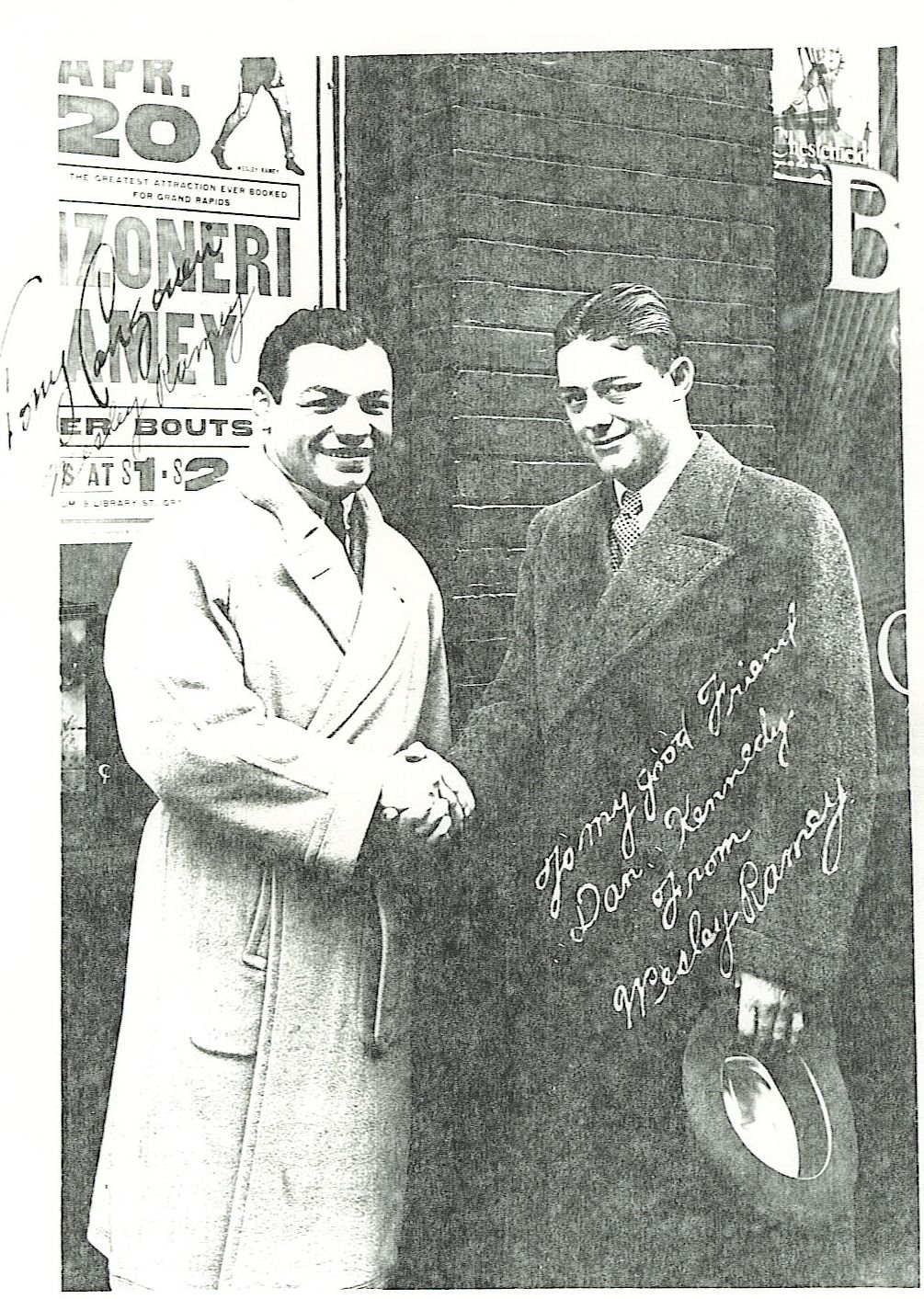 |
Roger Treat
described Ramey, “Wesley’s strongest weapon is his left which has the muzzle
velocity of the striking cobra. He fires it from any angle, straight to the
mark. His right is just as good. He hits sharply, cuttingly, rapidly. The
immediate effect is not remarkable. The damage is slower, more lasting. It
is perhaps unfair to say that Ramey’s fist-work outshines his footwork and
strategy, which are outstanding. His anticipation of his opponent’s attack
is uncanny.”
Bill Farnsworth, Jr. wrote, “Wes Ramey … came to Fort Hamilton last night
and haunted Joey Costa, the New Jersey lad. Ramey was the ghost. He was so
elusive for eight of the rounds that Joey couldn’t have struck him with a
handful of buckshot.” |
|
In his career as an amateur and
professional boxer, from 1927-1941, he engaged in more than 254 bouts and
lost only 35 times (and some of these were debatable; He reversed 9 of these
losses in follow-up bouts). His professional record was 157-28-10 with seven
of his losses taking place during his last two years of fighting. He
traveled the world and fought in Germany, Spain, Africa, Australia, Russia,
and Finland in addition to the many fights he had in America. |
|
During his career, he defeated such men as
Tony Canzoneri, Lew Jenkins (twice), Johnny Jadick (3 times), Ray Miller,
Eddie Ran, Steve Halaiko (5 times), Leo Rodak (twice), Bucky Keyes, Indian
Hurtado, Maxie Berger, Eddie Brink, Wishy Jones, Leonard Del Genio, Tommy
Grogan, Sammy Dorfman, Eddie Cool, Harry Dublinsky, Tommy Rawson, “Cowboy”
Eddie Anderson, Joey Zodda, Santiago Zorilla, Chino Alvarez, Roger Bernard,
Cocoa Kid, Jimmy Vaughn, Tony Herrera, Maxie Strub, Bobby Pacho, Tony Falco,
Carl Guggino, Jimmy Garrison, Bobby Britton, Paul DeBello, and the French
Champion, Maurice Arnoult. |
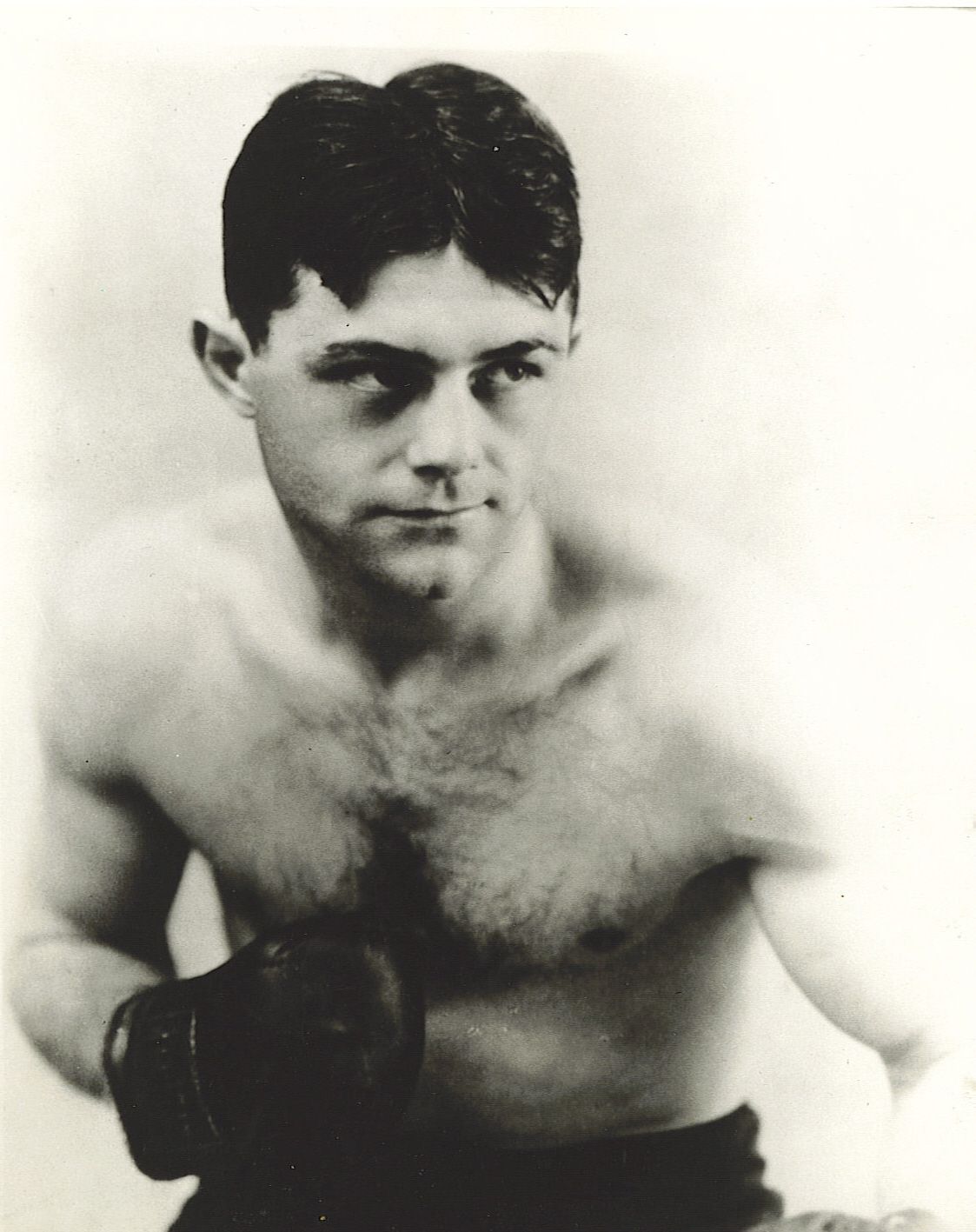 |
|
Ramey
excelled in an era when outstanding fighters were plentiful. He was ranked
in the top ten lightweights of the world continually, for nine years, from
1931-1939 but never fought for a World Championship title. He defeated six
world champions – Benny Bass, Leo Rodak, Johnny Jadick, Lew Jenkins, Tony
Canzoneri, and Battling Shaw - and had a combined record of 10-2 against
them but never received a shot at the title. |
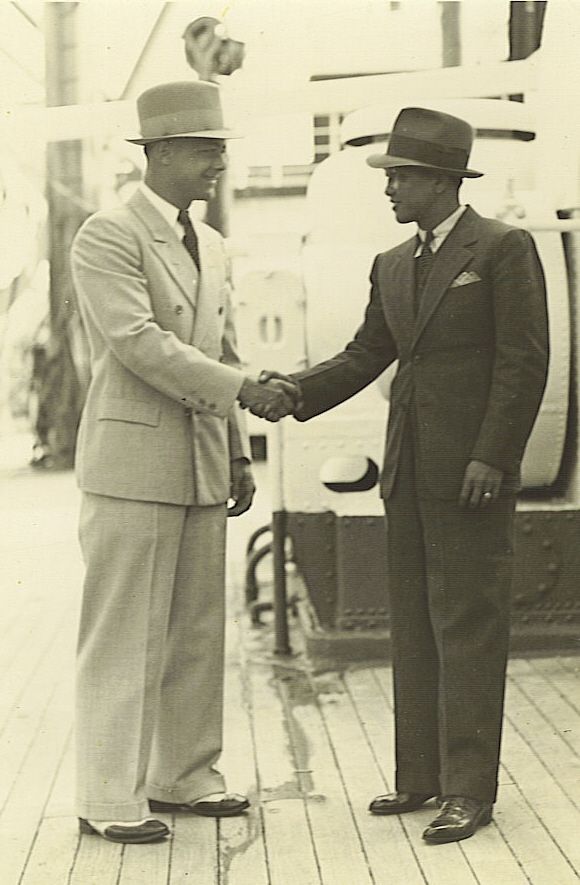 |
Wes Ramey,
like Packey McFarland in his time, was probably the best fighter in the
world in his weight class, but never got his chance at the crown. Much has
been written about deserving black fighters who never got a chance at the
title - Peter Jackson, Sam Langford, Joe Jeannette, Harry Wills, and George
Godfrey. Mention needs to be made of Ramey as well.
During his
time there was no requirement for champions to fight top contenders so Ramey
never got a title shot. Wes also turned his back on any connections that may
have been related to organized crime to, thereby, gain a chance at a title.
David Mayo wrote (Mar 11 1997), “He was neither flamboyant nor connected. He
could simply outbox anyone in the lightweight division.” |
|
On April
20, 1933, Ramey fought Tony Canzoneri, rated as an All-Time great by many
boxing people who know the game inside out, in a non-title bout. Ramey
outclassed Canzoneri in a lop-sided ten round contest, 7 rounds to 3. (Many
knowledgeable observers scored this bout as 8-2 and 9-1.) It has been
reported that Canzoneri later turned down a $25,000 guarantee (and this
amount following the great depression) to fight Ramey for the title.
Barney Ross was at the Ramey-Canzoneri bout and after witnessing the pasting
that Wes gave Tony, declined to accept a pending offer for a Ross-Ramey
bout. Henry Armstrong also declined a match with Ramey during the early
thirties. |
|
Al Weill, who
managed Lou Ambers, would not allow his man to fight Ramey for the
Lightweight Championship. Eventually, Ambers lost his crown to Lew Jenkins,
a man that Ramey had defeated twice. In the April 28, 1938 Ramey-Jenkins
contest, Jenkins was on the floor eleven times in ten rounds. |
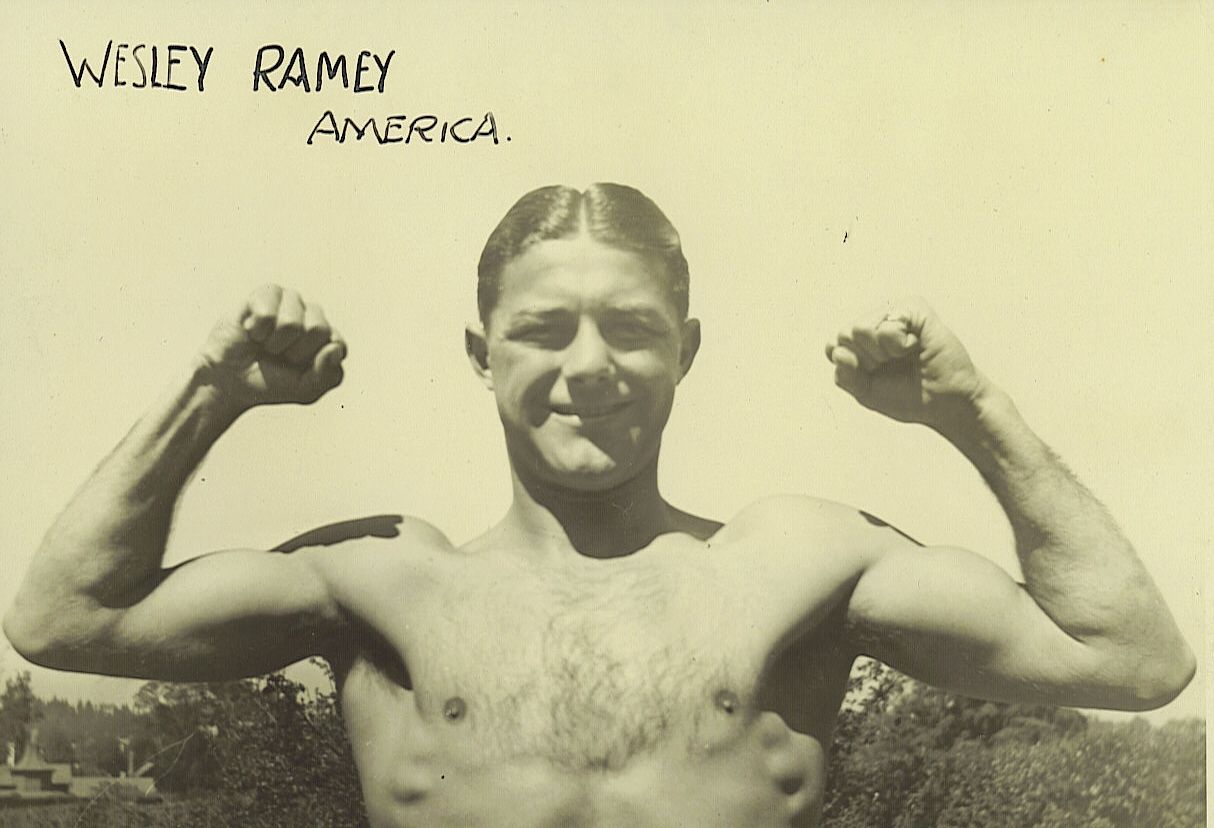
|
|
A story
that comes from the first Ramey-Jenkins fight has it that one judge at
ringside signed his card after seven rounds and left his ringside post. When
asked about it, the gentleman said it would have taken a knockout for
Jenkins to win and, in that case, a scoring card would not have made a
difference. |
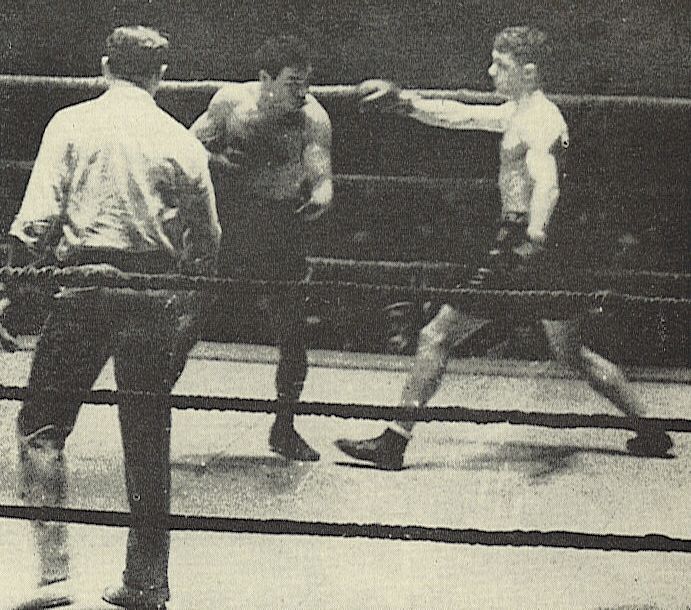
|
When Canzoneri
won the lightweight title, he was constantly hassled to fight Al Roth,
Frankie Klick, and Cleto Locatelli. Ramey kept pressing these fellows for a
bout, figuring if he defeated them, he would certainly get the Lightweight
title shot at Tony. But, these fellows avoided him too. No fight ever took
place. Pete Reilly, the “Silver Fox’, who managed Ramey - and also Jack
Delaney, Andre Routis, Battling Battalino, and Freddie Miller - could never
swing the “big one” for Wes. |
|
As his
reputation grew bigger as a world-class fighter, his ego did not. Wes was
always a level-headed, decent man who treated everyone with respect. John
Deane, Secretary of the Transvaal (South Africa) National Sporting Club,
wrote (Sep 25, 1934), “I am requested by the Chairman and Committee to
express their keen appreciation of the service you have rendered to the
sport of boxing in South Africa … Your demeanor inside the ring and out has
been most sportsmanlike …” |
|
Roscoe
Bennett, Sports Editor of the Grand Rapids (Michigan) Press, wrote, in the
Souvenir Program for Ramey’s last fight (June 20, 1941), “There are …
standards of greatness for man, no matter what his occupation may be. In
Grand Rapids we think highly of a man who stays in our midst, raises a
family, plies his occupation zealously and efficiently, goes into business
or industry and becomes an active and a creditable addition to the
community. If that is greatness, then our man, Wesley Ramey, a Grand Rapids
citizen satisfies completely. It is such a man who tonight steps into the
ring where he has often trod before, to receive the acclaim of his fellow
citizens, his admirers, aye, his friends, who will receive him unto
themselves after the last gong has sounded, and no matter what the verdict.” |
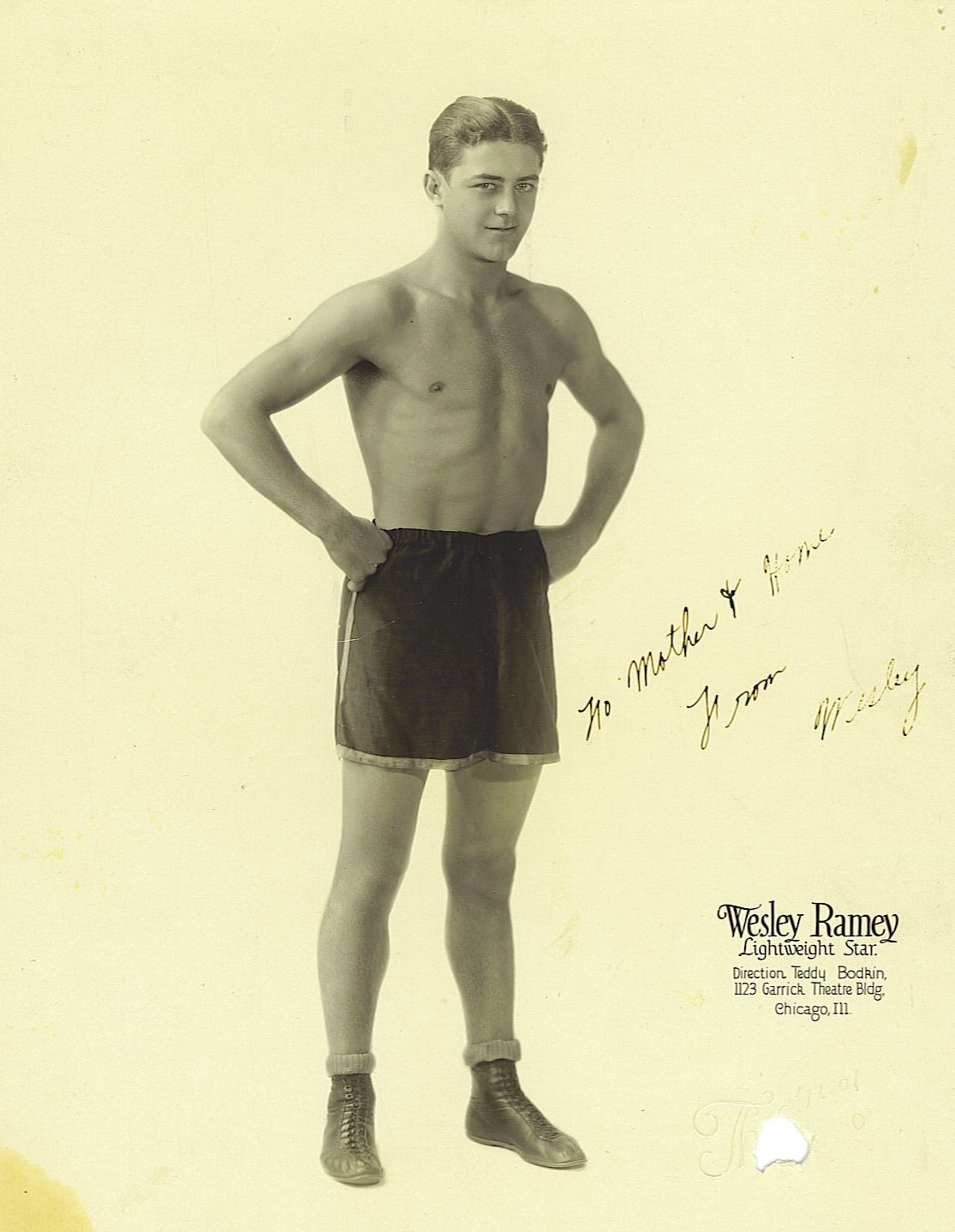 |
|
When Wes Sr. retired, he ran two successful
bars/restaurant/lounges for 27 years in downtown Grand Rapids, called “Wes
Ramey's Bar” and “Wes Ramey's Lounge.” After these years, he worked ten
years for the Godland Heights School System and then retired. |
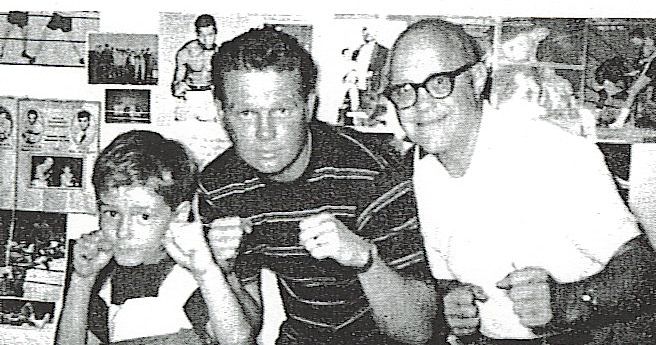 |
Wes passed some of his genes
onto his son, Wesley Jr., who became a Michigan Golden Gloves champion,
All-Army Champion, and had a brief but successful professional career. For
years, dad and son stayed busy into boxing matters and trained amateur and
professional fighters around Grand Rapids. |
|
Their gym was called Wes Ramey's Gym, and it was
sponsored by the Disabled American Veterans but owned by Wes Sr. Many
well-known young men were tutored in his gym - Martin Levandowski, Stanley
Krandenberg, and Johnny Butler – to name three. Max Harnish and Johnny
Kemperman went on to become good referees in the state of Michigan. Wes Sr.
also trained Chuck Davey and Kenny Lane at points in the early stages of
their career. Both father and son got Buster Mathis Sr. started at the age
of fourteen. |
|
What are
the requirements for a fighter to be called great? What does a man have to
do be become a member of the Boxing Hall of Fame? Does he have to engage in
a large number of bouts? Ramey had 195 professional (254 in all). Does he
have to win a large number of bouts? Ramey won 157 professional (209 in
all). Does he have to win a high percentage of his bouts? Ramey won 80.5
percent of his professional bouts (which is an exceptionally high percentage
for a large number of bouts). Does he have to defeat champions and other
great fighters? Ramey beat six champions and posted a 10-2 mark against
them. |
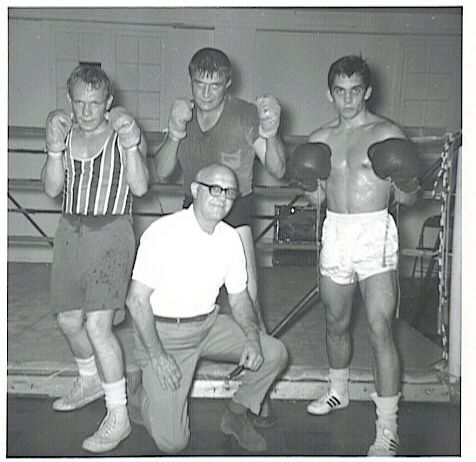
|
|
Does a man have to win a championship?
Ramey did not but he was not given the chance. Remember - Sam Langford,
Peter Jackson, Harry Wills, and Joe Jeannette were not champions but they
are in the Hall of Fame.
Dan Cuoco, Director of IBRO (International Boxing Research Organization)
wrote (2004), “Wes Ramey was a tall and thin but solidly built lightweight
that relied on his ability to control the tempo of a fight with textbook
moves. He had extremely fast hands, great ring movement, a master jab, and
the rare ability to slip punches and make his opponents pay.
He was always in excellent
condition, and boxed anyone that would climb in the ring with him, usually
in their hometowns and on their own terms. Look at the fighters he defeated,
they’re a virtual who’s-who of all time greats.” |
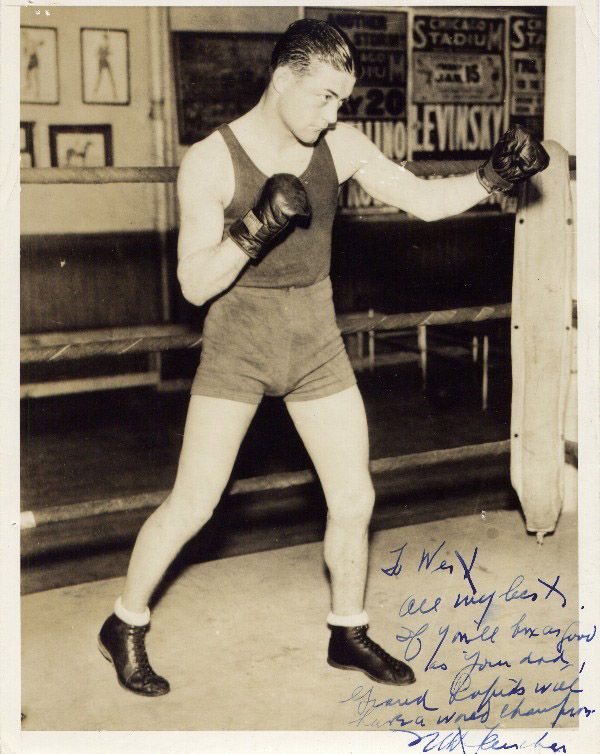
|
Laurence Fielding, boxing historian and member of
IBRO, said about Ramey (2004), “He was one of the greatest scientific boxers
of the 1930s, a Corbett or Tunney of the lightweights. He may have been good
enough to win a title if only he had been given a shot at it and at the
right time in his career.”
In the
opinion of the authors of this article, Wes Ramey was one of the greatest
lightweight fighters of all time and should get more credit than he does – a
lot more. Further, it is our view that he should be in the Boxing Hall of
Fame. |
References
Anderson, G. “Wes Ramey, A Beautiful Boxer, Now A
Beautiful Man”. Source Unknown.
Bennett, R. June 1941.
Souvenir Program for Ramey’s last fight.
Source Unknown.
Cuoco, D. 2004.
Private Correspondence.
Deane, J. Sep 1934. Personal Correspondence Letter to Wes
Ramey. Source Unknown.
Farnsworth, B. “Ramey’s Fists Nightmare To Costa”.
Source Unknown.
Fielding, L. 2004. Private Correspondence.
Mayo, D. Mar 1997. An Unnamed Article.
Source Unknown.
Treat, R. “The Forgotten Man of the World of
Fisticuffs”. Source Unknown.
Unknown Author. “Wes Ramey, Uncrowned Champ of
Lightweights 20 Years Ago”. Source Unknown.
Waxman, M. Nov 1935. “Wesley Ramey Rises to
Challenger’s Post”. The Ring magazine pp 12 13 46. |

